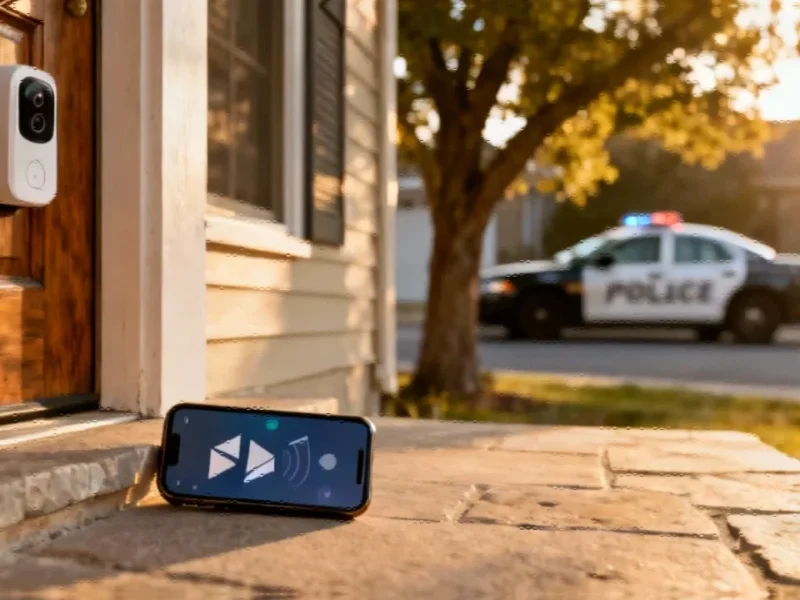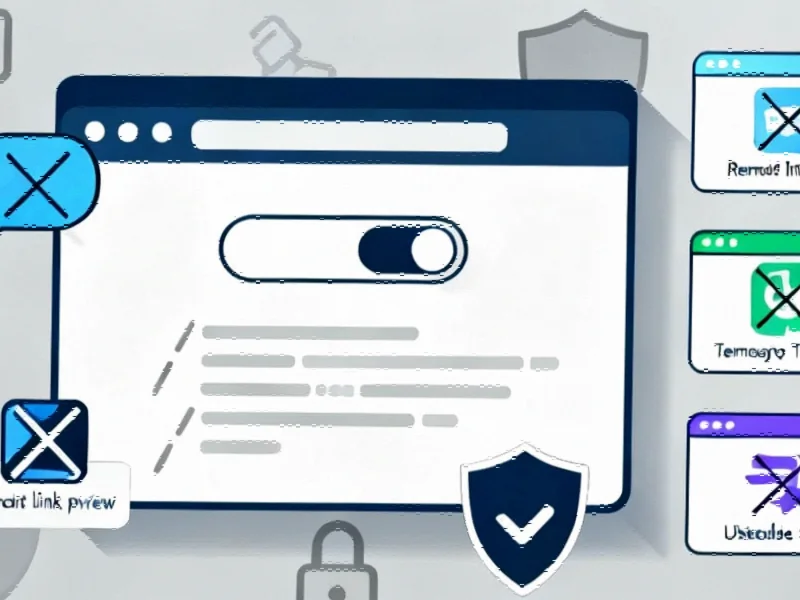Note: Featured image is for illustrative purposes only and does not represent any specific product, service, or entity mentioned in this article.
Expanding Surveillance Networks
Amazon’s Ring has integrated with video surveillance company Flock, creating new pathways for law enforcement agencies to access residential doorbell camera footage, according to reports. The partnership enables police departments using Flock’s Nova or FlockOS platforms to request video from Ring users through the company’s Neighbors app via a new Community Request program.
The integration represents a significant expansion of surveillance capabilities, connecting Flock’s extensive network of license plate readers and public space cameras with Ring’s millions of residential devices. Sources indicate this creates a more comprehensive monitoring ecosystem that privacy advocates have long warned against.
How the Community Request Program Works
Under the new system, law enforcement in the United States can submit footage requests that appear in the Neighbors app feed to users in specific geographic areas, the report states. Each request must include details about an alleged crime, including time and location information, plus a “unique investigation code” for tracking purposes.
Ring emphasizes that participation is “completely optional” for users, who can disable request notifications entirely. According to company statements, law enforcement cannot see which users receive their requests or who declines to provide footage. The feature rollout is expected to occur over the coming months as the companies coordinate their mobile app integration.
Default Settings and Privacy Concerns
The new Search Party feature is reportedly enabled by default in the Neighbors app, raising questions about opt-out versus opt-in consent models. Privacy advocates suggest default-enabled surveillance features may lead to broader adoption than if users had to actively enable the functionality.
This development follows years of reporting about Ring’s law enforcement partnerships, which have often involved providing data without warrants. While the company discontinued its Request for Assistance feature in 2024, it maintained exceptions for what it considers “emergencies” – a carveout similar to that used by Google for its Nest data, according to industry analysts.
Ongoing Scrutiny of Surveillance Partnerships
Ring’s expanding law enforcement partnerships have drawn criticism from privacy advocates and lawmakers. Senator Ron Wyden has publicly criticized surveillance technology companies for what he describes as inadequate protections against abuses by federal agencies and out-of-state law enforcement.
Previous reports have revealed that multiple federal agencies including ICE, Secret Service, and the Navy had access to Flock’s nationwide camera network, according to documents reviewed by journalists. These surveillance network access arrangements have raised constitutional questions about the scope of government monitoring without judicial oversight.
Company Positioning and User Controls
In its official announcements, Ring has positioned the Community Request program as a tool for neighborhood safety and voluntary cooperation. The company has emphasized user controls and transparency measures, noting that law enforcement cannot identify which users decline participation.
Ring has expanded its community safety partnerships gradually over recent years, framing the initiatives as collaborative safety efforts rather than surveillance programs. However, privacy experts suggest the distinction becomes blurred when residential cameras become integrated into broader law enforcement networks.
The integration comes amid broader technology industry developments that increasingly connect consumer devices with institutional systems. These market trends reflect growing intersections between consumer technology and institutional applications, while related innovations in data sharing continue to raise new privacy considerations. As these surveillance networks expand, the debate over appropriate boundaries for law enforcement access to private camera systems is likely to intensify, according to industry observers monitoring these search party and surveillance developments.
This article aggregates information from publicly available sources. All trademarks and copyrights belong to their respective owners.



